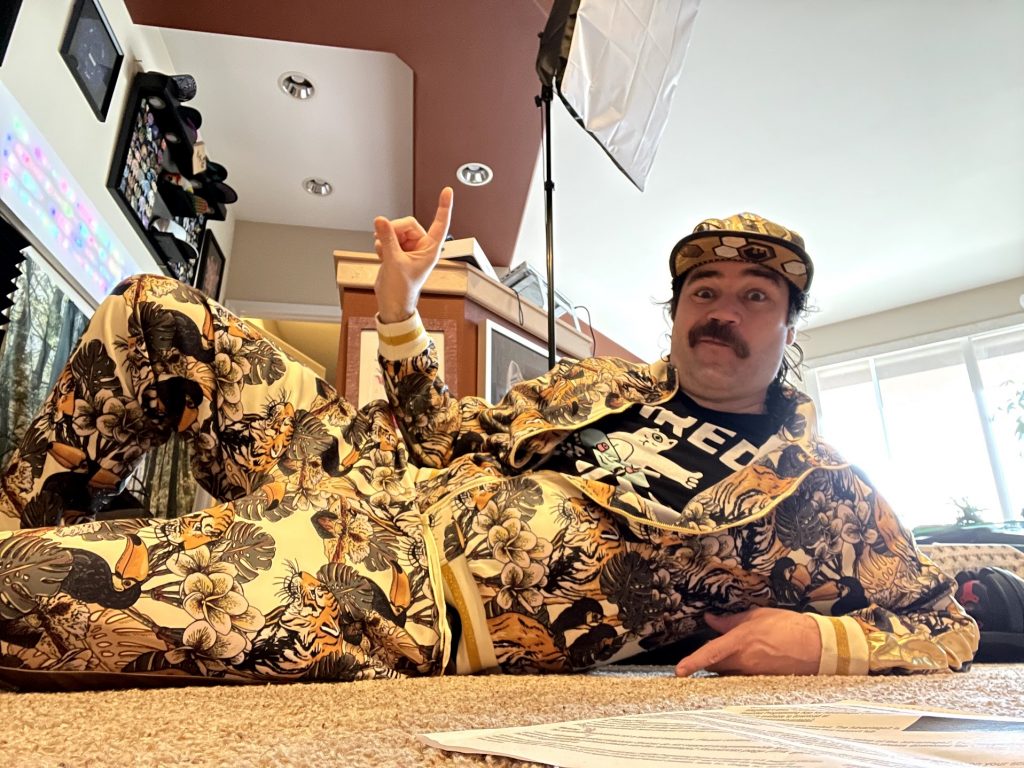Watch, Read, Listen
Join 50+ fans
Stay in the loop with everything you need to know.

Our friend Gus
Gus has been making music in Ableton in earnest since 2019 but has casually been producing music with computers for over 20 years. His music is inspired by both old and new artists and crosses over between different styles of Bass music.
Music Releases
You can find Our friend Gus’s music on Spotify, Soundcloud, YouTube, and all the major streaming providers.
Performances
Since 2019, Gus has been playing small festivals and venues in styles varying from downtempo and chillout to breaks, dubstep, and DnB.
Visual Arts
In addition to producing music, Our friend Gus has begun to integrate his own style of visuals created using modern 3D design tools and rendering engines.
Writing and sharing techniques
Gus writes and shares what he has learned along the way to help new producers actualize their own music.
Education and Communities
Gus is still a student of music (a teacher, but also still a student) and has been a member of the Mr. Bill, ill.gates, and Ben Cantil schools for learning.
Friends and Collaborators
You can’t grow just by yourself and Our friend Gus is no exception: Gus’s collaborations have included a variety of music production and visual artists over the years and he’s just getting started.
Did we just become friends?
Our friend Gus always has a joke ready to lift your spirit, will let you use his studio, likes your music, doesn’t slide into your DMs asking to collab, won’t steal the limelight, and makes sure everybody is there at the end of the night.
Producer in Ableton, DJ with Pioneer. Student in class of 808, Encanti’s Online Class, and collaborator to many.
Public speaker, hacker, cool hunter.
Showcase of performances and work
While his best work is yet to come, Our friend Gus has been steadily growing and releasing better and better music over the last couple years.
G.A.N.
- An exploration of AI and music incorporating experimental music production techniques.
- Aggressive drops!
- Melodic builds!
- Listen on Spotify, SoundCloud, Audius, YouTube


Gus just chillin
- Look at this absolute unit!
- Cool as a cucumber
- Friendly and casual!
“Gus is a courteous professional who makes his peers and fans feel comfortable in the moment.”
Probably You
Event / festival planner
